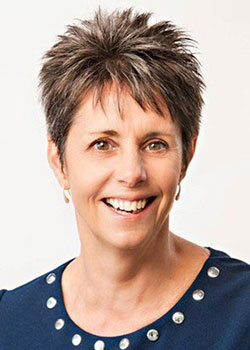
PhD, CCC-SLP
Dr. Christine Sapienza is a distinguished academic and clinical professional whose career spans over three decades in the field of Communication Sciences and Disorders. As a highly respected scholar, mentor, speech-language pathologist, and innovator, Dr. Sapienza’s contributions to both academic research and clinical practice have been transformative, particularly in the areas of speech pathology and the development of tools for improving respiratory and speech function.
Doctoral Degree (Ph.D.) in Speech Science
State University of New York at Buffalo
Masters of Arts Degree (M.A.) in Communication Sciences
State University of New York at Buffalo
Baccalaureate of Arts Degree (B.A.) in Communication Sciences
State University of New York at Buffalo
Dr. Sapienza’s scholarship focused particularly in the area of respiratory muscle strength and its relation to breathing, voice, and airway management. Her research advanced both theoretical frameworks and practical interventions. Her publications in peer-reviewed journals have been influential, and her work is frequently cited in the field.
Dr. Sapienza’s research contributions also extended into the development of clinical tools, the most notable of which is the Expiratory Muscle Strength Trainer (EMST), a device she co-invented. The EMST 150 is a portable device designed to strengthen the expiratory muscles, which play a crucial role in both respiratory function and speech production. This device has had a profound impact on patients with respiratory impairments, neurological disorders, and voice dysfunctions, providing a targeted, evidence-based therapy that has improved countless individuals’ speech and overall health. The EMST 150 continues to be widely used in clinical settings across the globe.
Dr. Sapienza is an extensively published author. She has written multiple books, covering a range of topics in speech pathology and the clinical application of research. Her work not only addressed theoretical concepts but also provided practical advice and evidence-based techniques for clinicians. These books became essential resources for speech-language pathologists, students, and educators in the field.
Her most significant works include comprehensive texts on respiratory muscle training, voice disorders, and the integration of clinical tools like the EMST 150 into everyday practice. These books have been translated into several languages and continue to serve as essential texts for professionals worldwide.
